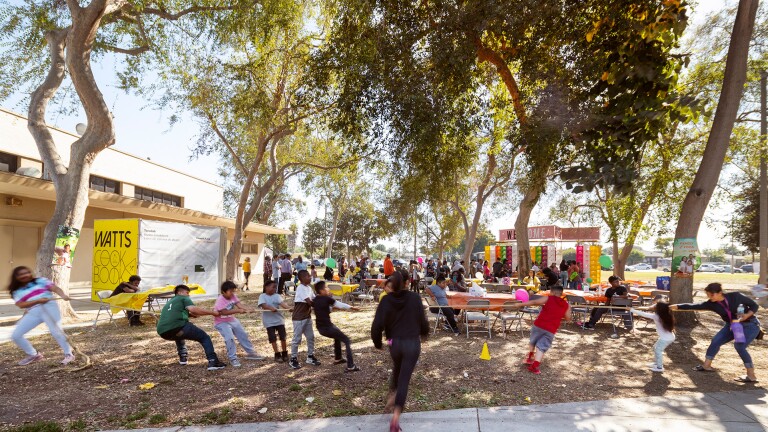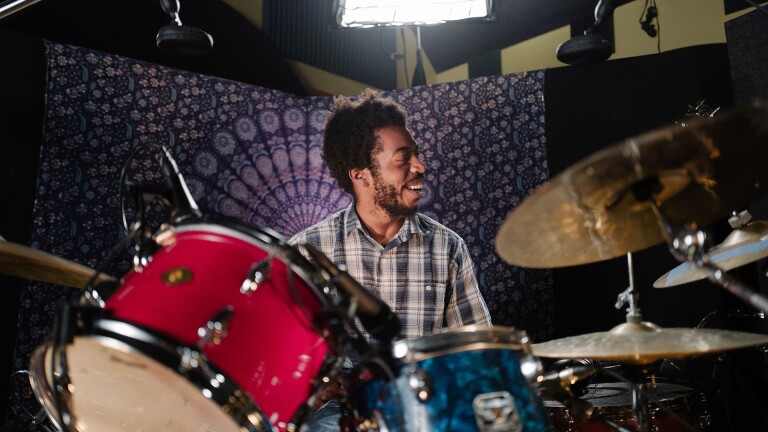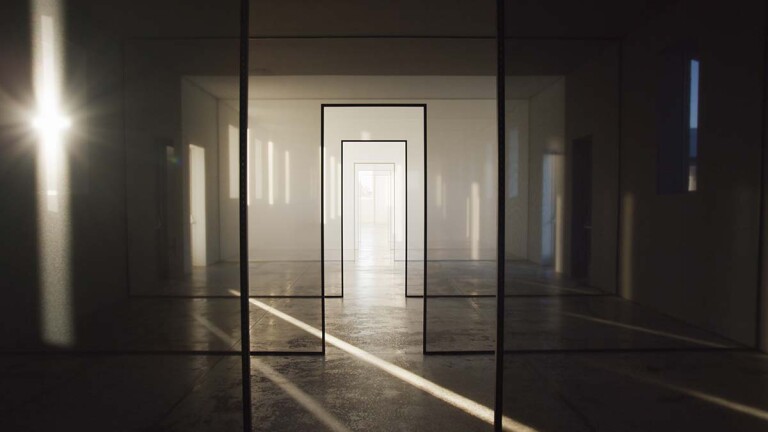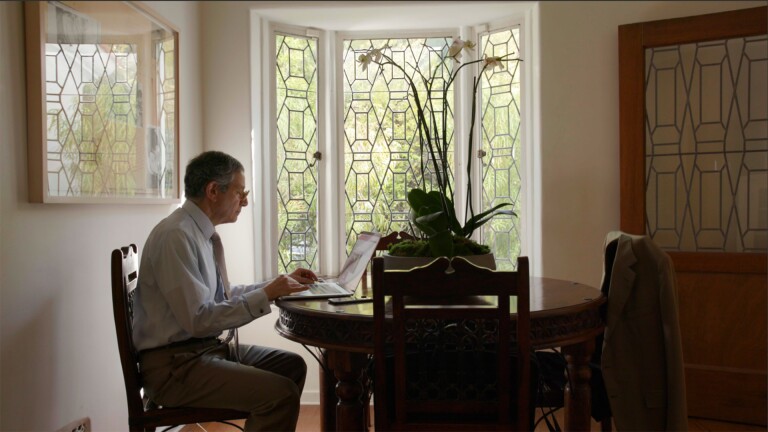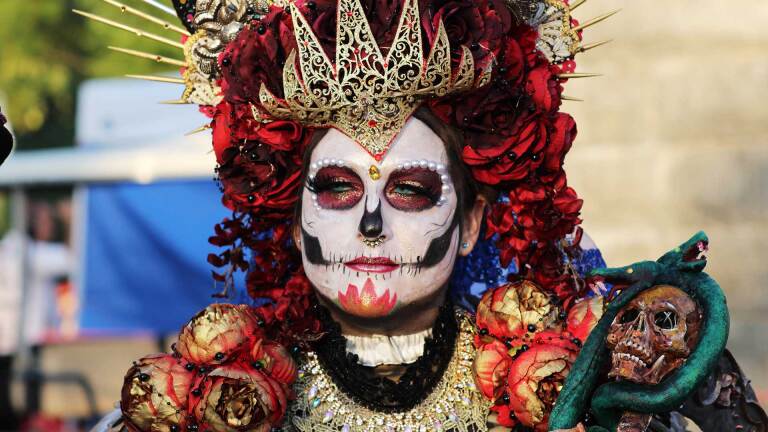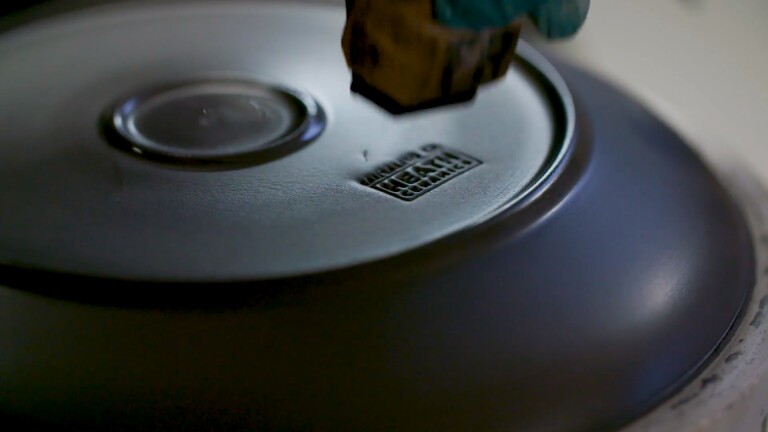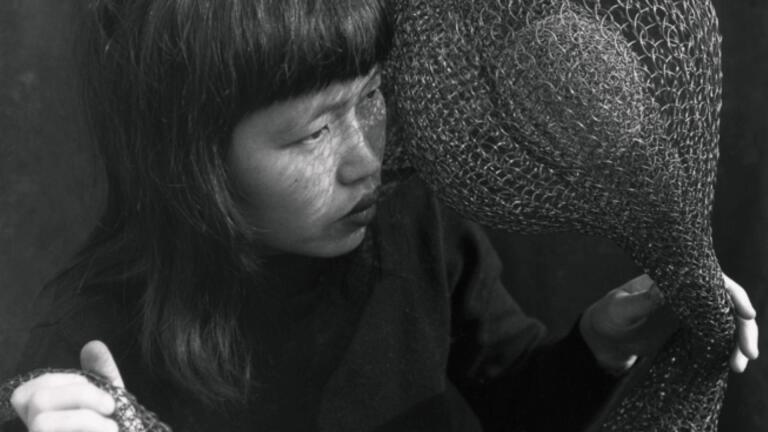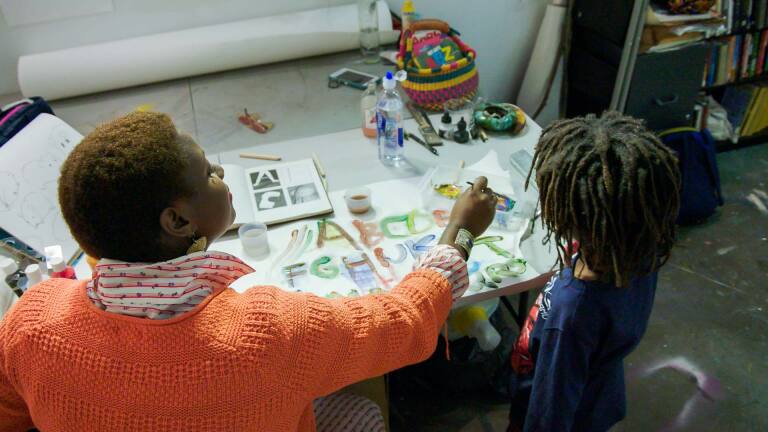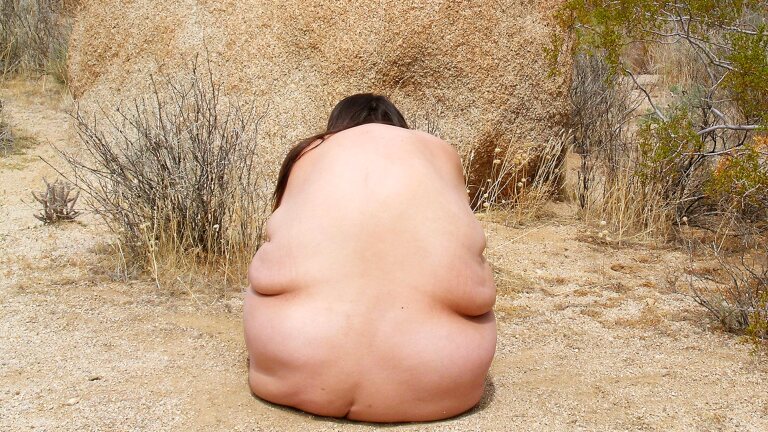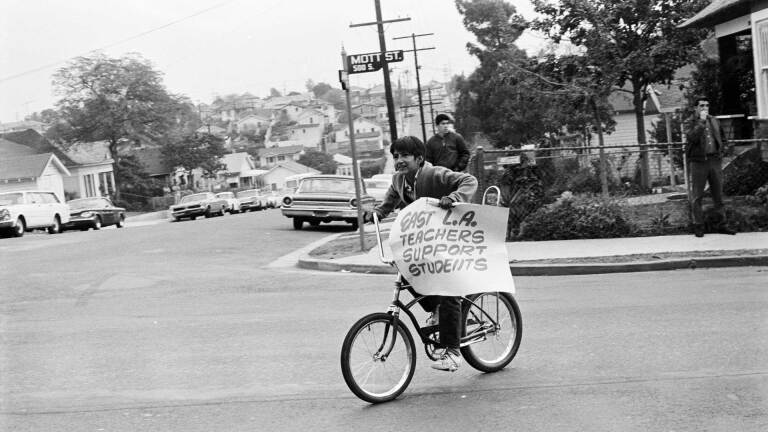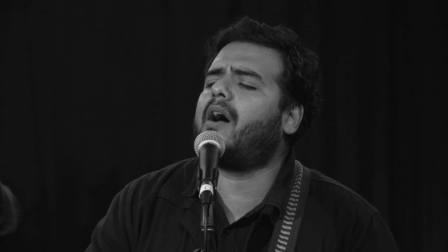Fleeing the Rose Garden: Marjan K. Vayghan Creates Safe Spaces in Los Angeles
Marjan K. Vayghan's "Legacy Crates," a series of transformed art shipping crates, symbolizes her journey from Iran, the land of her ancestry, and her transcultural life and identity in the U.S.
Vayghan's project was based on trauma too. Since her family moved to the US, they have returned every summer to Iran. In recent years, Vayghan had been using her trips back to Tehran to explore her creativity, work with artists there and curate exhibitions that introduced foreign artists' works to Iranians. On August 5, 2009, she was driving to an art gallery in Tehran with her partner when suddenly a man outside the car started yelling at them. He pulled her out of the car and took her away for interrogation. She was interrogated at length by strangers, who undoubtedly worked for the government. Her eyes well up as she describes how, after several rounds of interrogation, verbal abuse and separation from her loved ones, she almost longed for death to come. "I just wanted to see a loved one's eyes one more time before I died." She was released early the next morning, and though she was never actually accused of a specific crime, she fears what might happen to her if she were to return to Iran. Just two days after her kidnapping, she attended the funeral of a childhood friend who was murdered.
Vayghan was profoundly traumatized. After returning to the US, she spent two years hiding inside her closet reading and "geeking out" learning about art theory and poetry. She filled her closet with Persian carpets and cushions, creating a safe, womb-like place of beauty and art to help her heal. Making art also helped her numb the pain. When a local artist gave her several shipping crates he no longer needed, she realized that she could use them to create similar safe places to share with others. "The Breaking the Lass series," she explains, "is about turning fear and anxiety into a therapeutic, creative means of expression." She invites participation. "Sometimes I kidnap people," she explains. "After they have spent time in the crate, they come out feeling happier, not traumatized. I wish I could send a crate to everyone."
